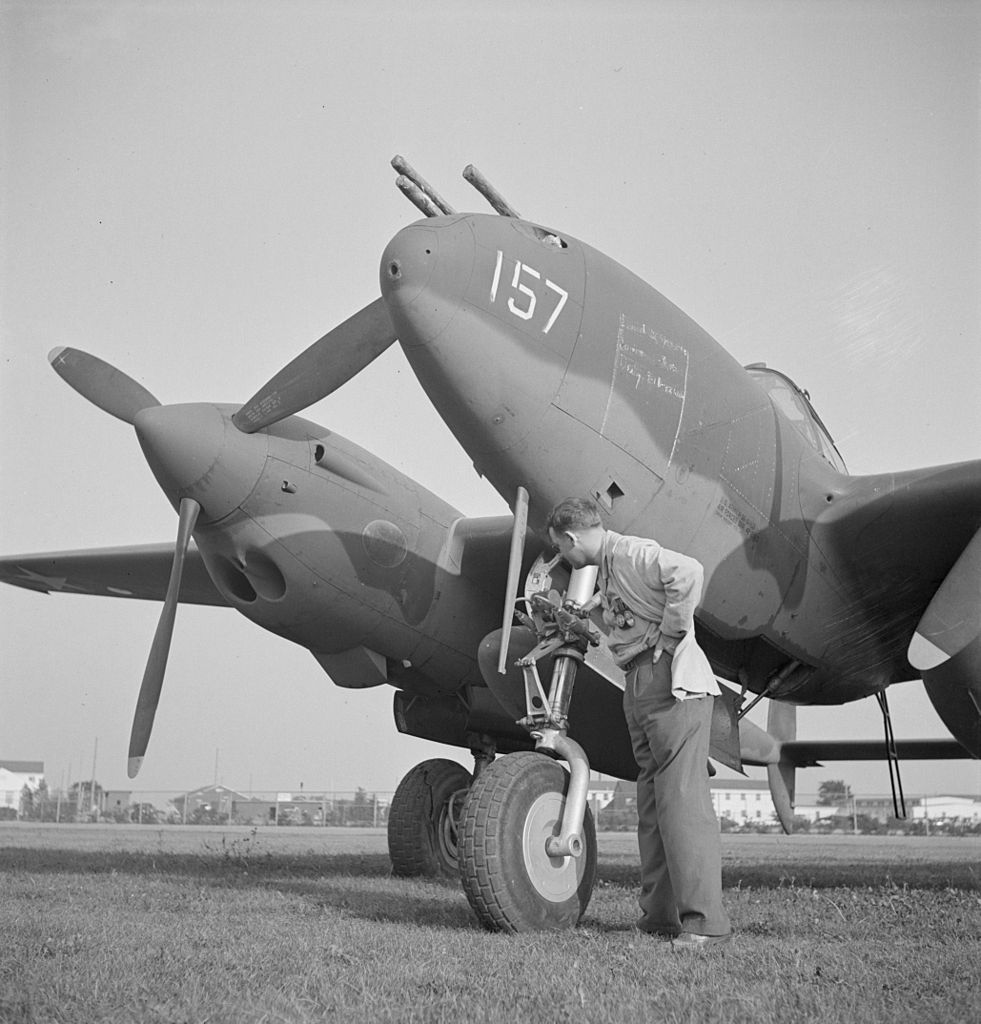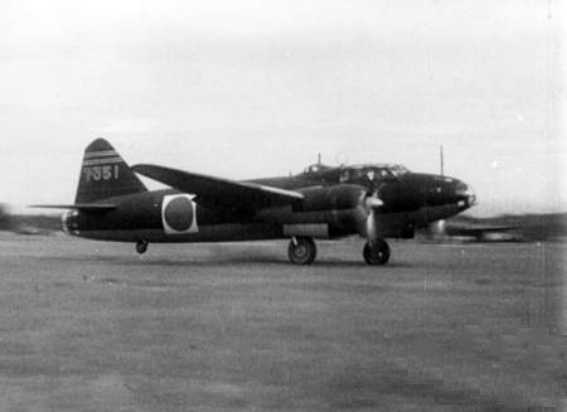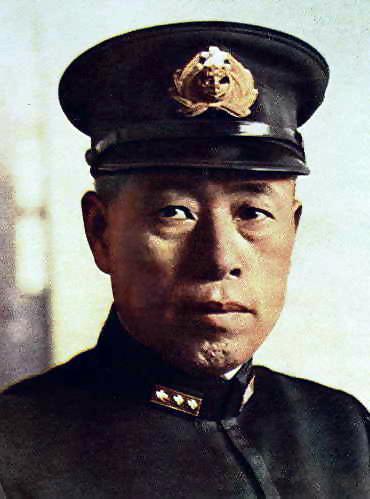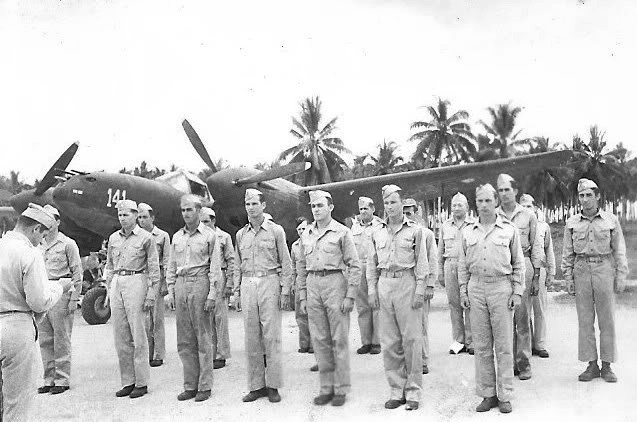
18 April 1943: Acting on Top Secret decrypted radio traffic, eighteen Lockheed P-38G Lightning twin-engine fighters of the 339th Fighter Squadron, 347th Fighter Group, 13th Air Force, flew the longest interception mission of World War II—over 600 miles (966 kilometers)—from their base at Guadalcanal in the Solomon Islands to Bougainville.


Arriving at the planned intercept point at 0934, they were just in time to see two Japanese Mitsubishi G4M1 “Betty” long range bombers escorted by Mitsubishi A6M Zero fighters.
The Americans engaged the Japanese in a massive aerial dog fight. Both Bettys were shot down. One crashed on the island and another went into the sea.
One of the the two bombers, T1-323, carried Admiral (Kaigun Taishō) Isoroku Yamamoto, Commander-in-Chief, Combined Fleet. The admiral and several of his senior staff were killed in the attack.
Admiral Yamamoto had planned the attack on the United States bases at Pearl Harbor, 7 December 1941. His death was a serious blow to the Empire of Japan.

© 2018, Bryan R. Swopes
Great job by these fly boys and also the code breakers that helped set this up.
Highly recommend the book, Operation Vengeance by Dan Hampton. Well researched and equally written about the intelligence and mission to take out Yamamoto.
It’s great you mention this in your blog Bryan. Very few know about this mission and what a huge success it was in turning the tide of war and our continued offensive to ultimately win in the end.
Thanks again Bryan!
Thank you, Chris! 🙂
And as I recall reading..the p38 did not have the fuel range ..knowing this they recruited lucky lindy Lindbergh to show them how to tun e those thirsty Allison’s after the dialing in it was game on
Very interesting, thank you. This should be more widely known, never heard of it before, and I have been interested in WW2 aviation for over 50 years.
Lindbergh was not “recruited” he just showed up, and, as a civilian flew a mission. He did tell the pilots how to fly more efficiently. The story is told in the book “The Race of Aces.”
Lucky Lindy was a “Tech Rep” and his improvements for the P38 were after the Yamamoto shoot down. There was also another historical air battle that took place in the Med on 18 April 1943. Known by “The Palm Sunday Massacre”. Four squadrons of P40 Warhawks and a top cover of RAF Spitfires engaged a mass formation of German JU52 transports and some escort fighters They shot down approximately 60 transports and 14 fighters for the loss of only 6 P40’s.
Fitting that it was the anniversary of the Doolittle raid.
This strike package of Lightnings was equipped with drop tanks. Because of 330-gallon tank shortages, each ship got one. The second tank was the standard 165-gallon drop tank. The attack route was 600 miles, with a direct return route of 400 miles. The extra 1000 pounds (165 gallons) of fuel allowed an adequate planning margin.
Very interesting connection to SCOTUS associate justice John Paul Stevens!